Audi 2012 Annual Report Download - page 66
Download and view the complete annual report
Please find page 66 of the 2012 Audi annual report below. You can navigate through the pages in the report by either clicking on the pages listed below, or by using the keyword search tool below to find specific information within the annual report.-
 1
1 -
 2
2 -
 3
3 -
 4
4 -
 5
5 -
 6
6 -
 7
7 -
 8
8 -
 9
9 -
 10
10 -
 11
11 -
 12
12 -
 13
13 -
 14
14 -
 15
15 -
 16
16 -
 17
17 -
 18
18 -
 19
19 -
 20
20 -
 21
21 -
 22
22 -
 23
23 -
 24
24 -
 25
25 -
 26
26 -
 27
27 -
 28
28 -
 29
29 -
 30
30 -
 31
31 -
 32
32 -
 33
33 -
 34
34 -
 35
35 -
 36
36 -
 37
37 -
 38
38 -
 39
39 -
 40
40 -
 41
41 -
 42
42 -
 43
43 -
 44
44 -
 45
45 -
 46
46 -
 47
47 -
 48
48 -
 49
49 -
 50
50 -
 51
51 -
 52
52 -
 53
53 -
 54
54 -
 55
55 -
 56
56 -
 57
57 -
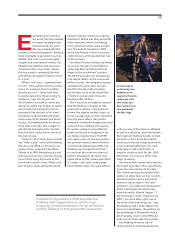 58
58 -
 59
59 -
 60
60 -
 61
61 -
 62
62 -
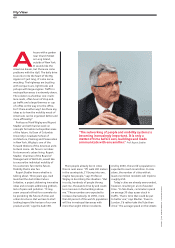 63
63 -
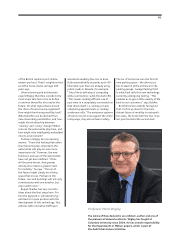 64
64 -
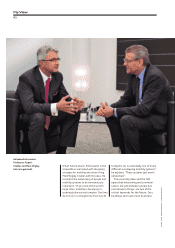 65
65 -
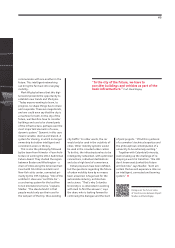 66
66 -
 67
67 -
 68
68 -
 69
69 -
 70
70 -
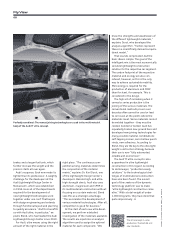 71
71 -
 72
72 -
 73
73 -
 74
74 -
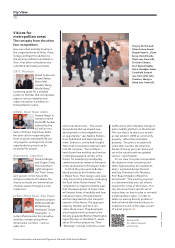 75
75 -
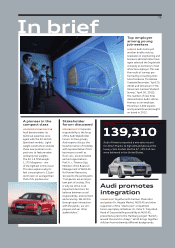 76
76 -
 77
77 -
 78
78 -
 79
79 -
 80
80 -
 81
81 -
 82
82 -
 83
83 -
 84
84 -
 85
85 -
 86
86 -
 87
87 -
 88
88 -
 89
89 -
 90
90 -
 91
91 -
 92
92 -
 93
93 -
 94
94 -
 95
95 -
 96
96 -
 97
97 -
 98
98 -
 99
99 -
 100
100 -
 101
101 -
 102
102 -
 103
103 -
 104
104 -
 105
105 -
 106
106 -
 107
107 -
 108
108 -
 109
109 -
 110
110 -
 111
111 -
 112
112 -
 113
113 -
 114
114 -
 115
115 -
 116
116 -
 117
117 -
 118
118 -
 119
119 -
 120
120 -
 121
121 -
 122
122 -
 123
123 -
 124
124 -
 125
125 -
 126
126 -
 127
127 -
 128
128 -
 129
129 -
 130
130 -
 131
131 -
 132
132 -
 133
133 -
 134
134 -
 135
135 -
 136
136 -
 137
137 -
 138
138 -
 139
139 -
 140
140 -
 141
141 -
 142
142 -
 143
143 -
 144
144 -
 145
145 -
 146
146 -
 147
147 -
 148
148 -
 149
149 -
 150
150 -
 151
151 -
 152
152 -
 153
153 -
 154
154 -
 155
155 -
 156
156 -
 157
157 -
 158
158 -
 159
159 -
 160
160 -
 161
161 -
 162
162 -
 163
163 -
 164
164 -
 165
165 -
 166
166 -
 167
167 -
 168
168 -
 169
169 -
 170
170 -
 171
171 -
 172
172 -
 173
173 -
 174
174 -
 175
175 -
 176
176 -
 177
177 -
 178
178 -
 179
179 -
 180
180 -
 181
181 -
 182
182 -
 183
183 -
 184
184 -
 185
185 -
 186
186 -
 187
187 -
 188
188 -
 189
189 -
 190
190 -
 191
191 -
 192
192 -
 193
193 -
 194
194 -
 195
195 -
 196
196 -
 197
197 -
 198
198 -
 199
199 -
 200
200 -
 201
201 -
 202
202 -
 203
203 -
 204
204 -
 205
205 -
 206
206 -
 207
207 -
 208
208 -
 209
209 -
 210
210 -
 211
211 -
 212
212 -
 213
213 -
 214
214 -
 215
215 -
 216
216 -
 217
217 -
 218
218 -
 219
219 -
 220
220 -
 221
221 -
 222
222 -
 223
223 -
 224
224 -
 225
225 -
 226
226 -
 227
227 -
 228
228 -
 229
229 -
 230
230 -
 231
231 -
 232
232 -
 233
233 -
 234
234 -
 235
235 -
 236
236 -
 237
237 -
 238
238 -
 239
239 -
 240
240 -
 241
241 -
 242
242 -
 243
243 -
 244
244 -
 245
245 -
 246
246 -
 247
247 -
 248
248 -
 249
249 -
 250
250 -
 251
251 -
 252
252 -
 253
253 -
 254
254 -
 255
255 -
 256
256 -
 257
257 -
 258
258 -
 259
259 -
 260
260 -
 261
261 -
 262
262 -
 263
263 -
 264
264 -
 265
265 -
 266
266 -
 267
267 -
 268
268 -
 269
269 -
 270
270 -
 271
271 -
 272
272 -
 273
273 -
 274
274 -
 275
275 -
 276
276 -
 277
277 -
 278
278 -
 279
279 -
 280
280 -
 281
281 -
 282
282 -
 283
283 -
 284
284 -
 285
285
 |
 |

communicate with one another in the
future. This intelligent networking
can bring the fun back into everyday
mobility.
Mark Wigley believes that this digi-
tal world presents the opportunity to
establish new trends and lifestyles.
“Today anyone wanting to learn, to
progress, to shape things has to share
and cooperate. These are megatrends,
and one could even say that the city is
a machine for both. In the city of the
future, we therefore have to consider
buildings and cars to be shared parts
of the infrastructure, perhaps even the
most important elements of a new,
dynamic system.” Dynamic in this case
means variable, diverse and shared. A
system for sharing, in which no longer
ownership but rather intelligent and
convenient access is the key.
This is also the philosophy followed
by the team from Höweler + Yoon Archi-
tecture in winning the 2012 Audi Urban
Future Award. They studied the region
between Boston and Washington – a
chain of cities along the American East
Coast with 50 million residents and
New York at its center, connected pri-
marily by the I-95 highway. “One of the
architects’ ideas was ‘Last Mile Car’ –
a car sharing system for the last five
to ten kilometers to home,” explains
Stadler. “The idea behind it is that
people would only use their cars for
the last part of the trip, thus avoiding
“In the city of the future, we have to
consider buildings and vehicles as part of the
basic infrastructure.” Prof. Mark Wigley
city trac.” In other words, the car
would only be used in the outskirts of
cities. Other mobility systems would
be used in the crowded urban center.
To do this, the infrastructure has to be
intelligently networked, with optimized
connections, individual destinations
and also a high level of convenience.
Initial proposals have been defined,
but the questions regarding the future
of urban mobility have by no means
been answered. A huge task for the
automobile industry, architecture
and science. “That’s why Columbia
University is so interested in working
with Audi to find the answers,” says
the dean, who is looking forward to
continuing the dialogue and the start
of joint projects. “I find this symbiosis
of a carmaker’s technical expertise and
the philosophical contemplation of a
university to be extremely exciting.”
Together with Columbia University,
Audi is taking up the challenge of re-
shaping a world in transition. “We still
don’t know exactly what this future
will look like,” says Stadler, “but I am
certain that we will experience cities as
an intelligent, connected and learning
system.” «
Dialogue on the future: video
of the discussion between Rupert
Stadler and Mark Wigley.
63
